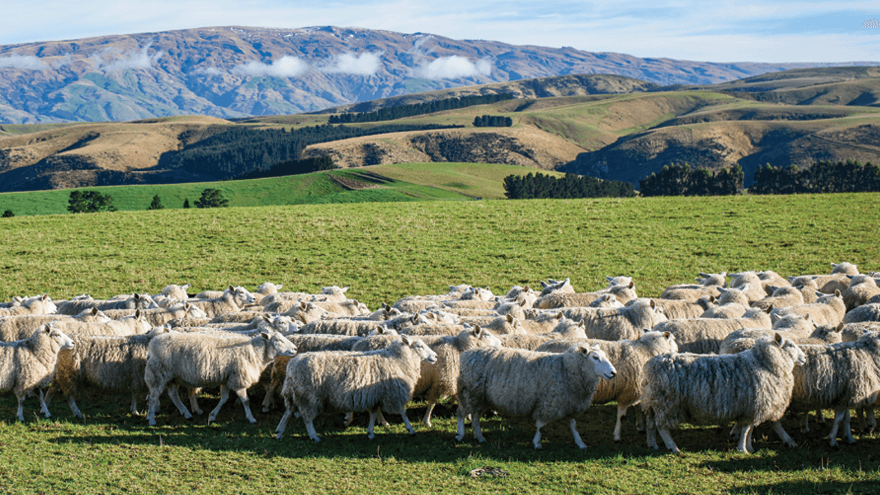
Tackling flystrike
Temperature and moisture are two factors in determining the level of fly pressure each season.
Strike flies require a soil temperature of greater than 15 degrees Celsius to complete their life cycle. Moisture in the fleece gives fly eggs a greater chance of developing into the damaging maggot stages. As blowflies are attracted to sheep by odour, warm moist conditions make sheep more attractive to blowflies. Consequently, summer rainfall conditions provide the greatest flystrike risk.
Prevention of blowfly strike requires a management plan rather than relying on applying reactive insecticide treatments after animals suffer strike. These treatments can be applied by a variety of means including saturation dipping, jetting, low volume pour-ons or spray-ons.
Other management strategies to consider are:
- Shearing and crutching at appropriate times
- Keeping animals as clean as possible through good internal parasite management
- Understanding which areas of the farm present the greatest flystrike risk
- Understanding which classes of stock are most at risk and taking action before the animals become struck
- Investing in plain body, less susceptible sheep.
Blowfly resistance
While there are many products with label claims for flystrike protection, protection periods for some chemicals are unlikely to be realised due to the development of resistance. Most recently, blowfly resistance has been identified to the benzoyl phenyl urea active ingredients diflubenzuron and triflumuron¹ ².
Resistance in strike flies has not been found in New Zealand to the triazine/pyrimidine derivative active ingredients; cyromazine, the active ingredient in Cyrex™, and dicyclanil, the active ingredient in CLiK™ Extra, CLiK™ and CLiKZiN™.
A recommendation to reduce the development of blowfly resistance is to manage blowfly strike and lice as separate issues³. Each parasite should be treated with an effective product at the appropriate time. In many cases, this strategy involves the use of different products and application methods at different times of the year. This is to ensure lice and flies are not exposed to sub-lethal doses of chemical, which allows populations the opportunity to develop resistance to that chemical.
Correct application
Another important recommendation is that products should be applied according to label guidelines. For all products including CLiK Extra, CLiK, CLiKZiN and Cyrex, a shorter period of protection may occur if the products are applied incorrectly, if there is excessive fleece soiling or if wool infections such as mycotic dermatitis (fleece rot) are present. Heavy rain following application of these products may also diminish the period of protection against flystrike.
For more information on the CLiK™ range of flystrike treatments, contact your local PGG Wrightson Technical Field Representative.
¹Kotze, A.C., Sales, N. & Barchia, I.M. (1997) Diflubenzuron tolerance associated with monooxygenase activity in field strain larvae of the Australian sheep blowfly (Diptera; Calliphoridae) J. Econ Entomol 90(1):15–20.
²Elanco Fly Final Report: Blowfly susceptibility/resistance to IGR chemicals in New Zealand. 2010.
³www.liceboss.co.au and www.flyboss.com.au CLiK Spray-On, CLiK Extra and CLiKZiN Spray-On contain dicyclanil. Cyrex Liquid contains cyromazine and spinosad.



